Introduction
Feeling buried under missed deadlines, frustrated teams, or projects that just won’t gel? Agile Methodology could be your lifeline. Born in the tech world but now a powerhouse across industries, Agile is more than a buzzword; it’s a mindset that turns chaos into clarity, delivering results fast. Whether you’re an entrepreneur launching a startup, a product manager juggling priorities, or a student decoding business strategies, this comprehensive guide dives deep into Agile’s principles, frameworks, case studies, scenarios, FAQs, and recommended readings. Packed with insightful information, this article is your roadmap to thriving in a fast-paced world. Ready to revolutionize how you work? Let’s jump in!
What Is Agile Methodology? A Game-Changer for Modern Business

Agile Methodology is a flexible, iterative approach to project management and product development that prioritizes collaboration, adaptability, and delivering value quickly. Introduced in 2001 via the Agile Manifesto, it was crafted by 17 software developers fed up with rigid, slow processes. Today, it’s a go-to strategy for businesses, from tech startups to marketing firms, looking to stay nimble in ever-changing markets.
Think of Agile as a dance, not a march. Instead of rigid plans, it embraces short cycles (sprints), constant feedback, and team empowerment. It’s why companies like Spotify, Airbnb, and even non-tech giants like Nike swear by it. For anyone searching “how to improve project management” or “boost team productivity,” Agile is the answer that ranks high and delivers results.
The Core of Agile: Values and Principles

Agile Manifesto: Four Core Values
The Agile Manifesto boils Agile down to four priorities:
- Individuals and interactions over processes and tools. People drive success, not rigid systems.
- Working software (or deliverables) over comprehensive documentation. Deliver something usable, not endless paperwork.
- Customer collaboration over contract negotiation. Work with clients, not against them.
- Responding to change over following a plan. Adapt fast to stay relevant.
12 Principles of Agile
These principles guide Agile teams:
- Deliver valuable products frequently (think weeks, not months).
- Welcome changing requirements, even late in development.
- Foster daily collaboration between team members and stakeholders.
- Build projects around motivated, trusted individuals.
- Prioritize face-to-face communication (or virtual equivalents).
- Measure progress by working deliverables.
- Promote sustainable work paces to avoid burnout.
- Pursue technical excellence and simplicity.
- Empower self-organizing teams to make decisions.
- Reflect regularly to improve processes (retrospectives).
- Break work into small, manageable chunks.
- Focus on customer satisfaction through continuous delivery.
Agile Frameworks: Scrum, Kanban, and More

Agile isn’t one-size-fits-all, it’s a philosophy brought to life through frameworks like Scrum, Kanban, and Lean. Here’s a quick breakdown:
- Scrum: The most popular framework, using 1–4 week sprints, defined roles (Product Owner, Scrum Master, Team), and ceremonies (stand-ups, sprint reviews, retrospectives). Ideal for software development or product launches.
- Kanban: Visualizes workflows on boards (e.g., Trello), focusing on task flow and minimizing bottlenecks. Perfect for ongoing tasks or service teams.
- Lean: Eliminates waste to maximize value, often used in manufacturing or startups. Think “do more with less.”
- SAFe (Scaled Agile Framework): Applies Agile to large organizations with multiple teams.
- Extreme Programming (XP): Emphasizes technical practices like pair programming and test-driven development.
Each framework adapts Agile’s principles to different needs, making it versatile for startups, enterprises, or solopreneurs searching for “Agile project management tools.”
Case Studies: Agile in Action

Let’s see Agile transform businesses through two real-world-inspired case studies.
Case Study 1: BrightPath Solutions, A Software Startup’s Turnaround
Sana Khan, founder of BrightPath Solutions, a custom software startup, was drowning in missed deadlines and frustrated clients. Her team was burned out, and a key account was about to walk. After attending an Agile workshop, Sana adopted Scrum:
- Sprints: She broke projects into two-week cycles, delivering prototypes fast.
- Stand-Ups: Daily 15-minute meetings aligned her team, reducing miscommunication.
- Kanban Board: Visualized tasks, boosting transparency.
- Retrospectives: Turned failures (like a buggy feature) into lessons, improving testing.
- Result: Within six months, BrightPath delivered a polished app, retained their client, and signed new contracts. Sana’s story shows Agile’s power for startups battling chaos.
Case Study 2: NexusLabs, A Marketing Tech Pivot
Marcus Reed’s marketing tech company, NexusLabs, struggled with a delayed analytics dashboard. Clients were frustrated, and his team was disengaged. Adopting Kanban, Marcus:
- Visualized Workflow: A digital Kanban board tracks tasks, cutting email clutter.
- Iterative Delivery: Released small features weekly, getting client feedback early.
- Team Empowerment: Let developers suggest solutions, boosting morale.
- Result: NexusLabs delivered the dashboard in four months, grew retention by 15%, and restored team spirit. This case highlights Agile’s fit for non-software teams.
Scenarios: Agile Across Industries

Agile isn’t just for tech; it’s a game-changer for any industry. Here’s how it applies:
- Tech Startups: A SaaS company uses Scrum to launch an app, delivering MVPs (minimum viable products) in two-week sprints to beat competitors.
- Marketing: A content agency adopts Kanban to manage blog posts, visualizing deadlines and streamlining client approvals.
- Retail: A boutique uses Lean to cut inventory waste, testing small product batches before scaling.
- Education: A university team applies Agile to design online courses, iterating based on student feedback.
- Solopreneurs: A freelance designer uses Kanban to juggle client projects, prioritizing high-value tasks to maximize income.
For those Googling “Agile for small business” or “project management frameworks,” these scenarios show Agile’s universal appeal.
Why Agile Methodology Works: Benefits That Drive Success

Agile’s rise isn’t hype; it delivers. Here’s why it’s a top choice for modern businesses:
- Speed: Deliver usable products in weeks, not months, as Sana’s team did.
- Flexibility: Pivot fast when requirements change, unlike rigid waterfall methods.
- Team Morale: Empowering teams boosts engagement and creativity, as Marcus saw.
- Customer Satisfaction: Frequent feedback ensures products align with client needs.
- Lower Risk: Early testing catches issues before they balloon, saving time and money.
- SEO Boost: For searches like “improve team productivity” or “fast project delivery,” Agile’s benefits make it a go-to solution.
Agile thrives in today’s fast-paced markets, where customer needs shift and surprises are inevitable. It’s not about perfection—it’s about progress.
FAQs About Agile Methodology

Q: Is Agile only for software development?
A: Nope! Agile works for marketing, retail, education, and even solopreneurs. Any project needing flexibility and collaboration can benefit.
Q: How do I start using Agile?
A: Pick a framework (Scrum or Kanban are beginner-friendly), set a small goal (e.g., a two-week sprint), and use tools like Trello or Jira. Start small, reflect, and scale.
Q: What if my team resists Agile?
A: Resistance is normal. Pitch it as a trial, like Sana did, and show quick wins (e.g., a delivered feature). Training or a mentor helps too, check out the recommended readings!
Q: Can Agile work for remote teams?
A: Absolutely. Virtual stand-ups (via Zoom) and digital boards (Trello, Asana) make Agile remote-friendly. Communication is key.
Q: How does Agile differ from Waterfall?
A: Waterfall is linear, with long planning phases and late delivery. Agile is iterative, delivering small chunks fast and adapting to change.
Q: What tools support Agile?
A: Try Jira, Trello, Asana, or Monday.com for Kanban boards and sprint tracking. For deeper guidance, grab the book linked below!
Common Pitfalls and How to Avoid Them

- Overloading Sprints: Don’t cram too many tasks into a sprint. Prioritize ruthlessly, like Marcus did, to avoid burnout.
- Skipping Retrospectives: Reflection is crucial. Hold post-sprint reviews to learn from mistakes.
- Micromanaging: Trust your team to self-organize, as Sana learned. Agile thrives on autonomy.
- Ignoring Customers: Involve clients early and often to align with their needs.
- Lack of Training: Agile’s simple but nuanced. Invest in workshops or books to get it right.
Recommended Readings: Deepen Your Agile Journey

Want to master Agile like Sana and Marcus? These resources will guide you:
- “Scrum: The Art of Doing Twice the Work in Half the Time” by Jeff Sutherland: A deep dive into Scrum’s origins and real-world applications, perfect for beginners and pros.
- “Kanban: Successful Evolutionary Change for Your Technology Business” by David J. Anderson: A clear guide to Kanban, ideal for visualizing workflows and optimizing processes.
- “The Lean Startup” by Eric Ries: While not purely Agile, it complements the methodology with strategies for iterative product development.
- “Agile Estimating and Planning” by Mike Cohn: A practical resource for sprint planning and delivering on time, great for project managers.
These books, paired with online courses or blogs (search “Agile methodology resources”), will supercharge your skills. Start with the recommended books for a transformative read!
Actionable Steps to Adopt Agile Today
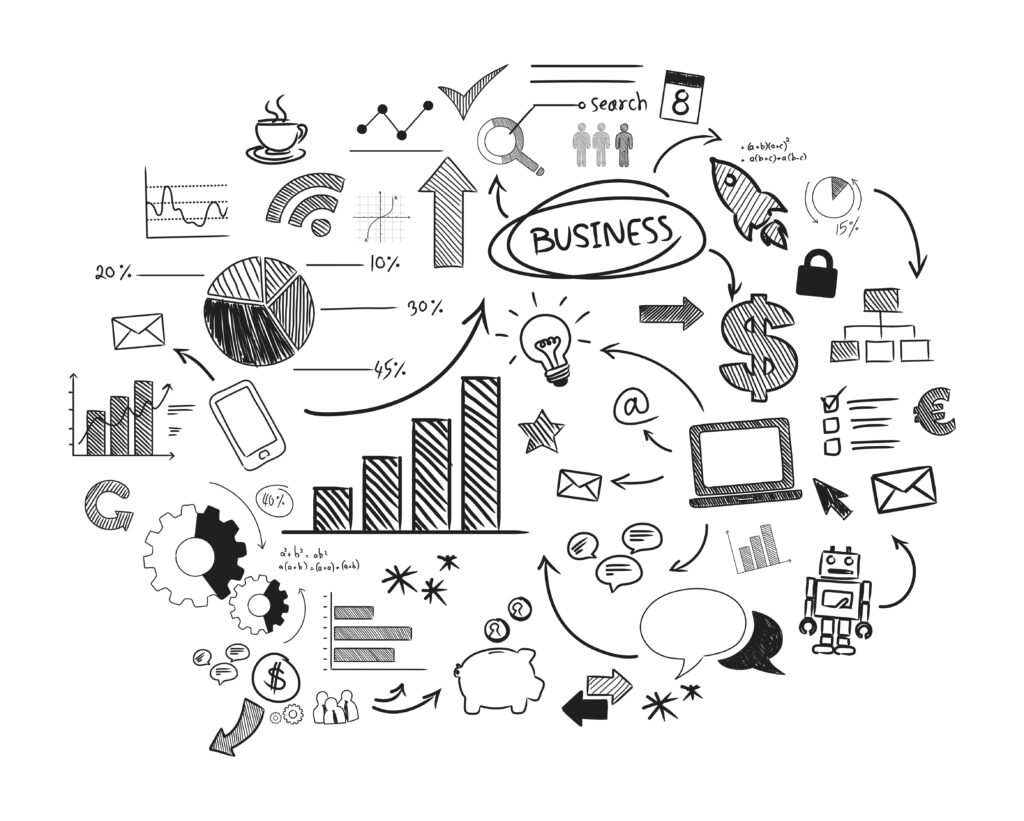
- Choose a Framework: Start with Scrum for structured projects or Kanban for ongoing tasks.
- Set Up a Sprint: Plan a 1–2 week cycle with one clear goal (e.g., a prototype or campaign).
- Use a Visual Tool: Set up a Kanban board on Trello or Jira to track tasks.
- Hold Daily Stand-Ups: Spend 15 minutes aligning on progress, blockers, and next steps.
- Reflect and Improve: After each sprint, hold a retrospective to tweak your process.
- Learn More: Refer to the recommended readings to improve your understanding of Agile.
The Emotional Payoff: From Chaos to Confidence

Agile isn’t just a process; it’s a mindset shift that empowers teams and leaders. Sana went from panic to purpose, delivering results that saved her startup. Marcus turned a disengaged team into a creative powerhouse. For entrepreneurs battling deadlines, solopreneurs juggling clients, or students mastering strategy, Agile offers clarity and control. It’s not about avoiding failure, it’s about failing fast, learning faster, and winning bigger.
Call to Action: Transform Your Work with Agile

Ready to ditch the chaos and deliver results that wow? Agile Methodology can reshape how you work, whether you’re scaling a startup, leading a team, or building a side hustle. Start small, try a two-week sprint, set up a Kanban board, and watch momentum build. Check out the recommended readings that inspired Sana’s turnaround. Dive into the full guide, apply these strategies, and share your Agile journey below. Let’s make success happen!
Enjoyed this article? Want to dive into Pricing Strategies? Explore here. Interested in learning about Funnels? Discover more here. Curious about Product Management Frameworks? Find out more here.


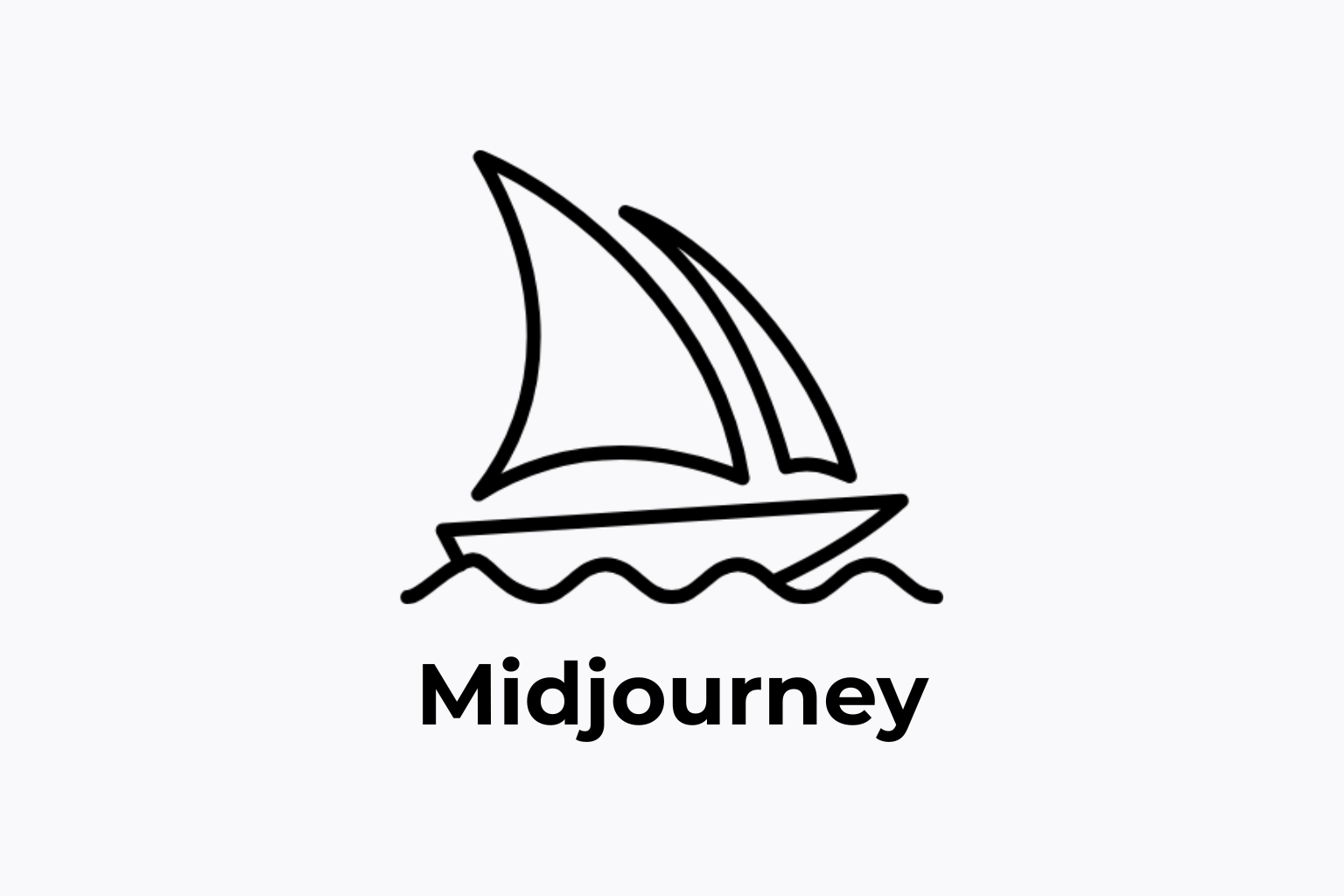




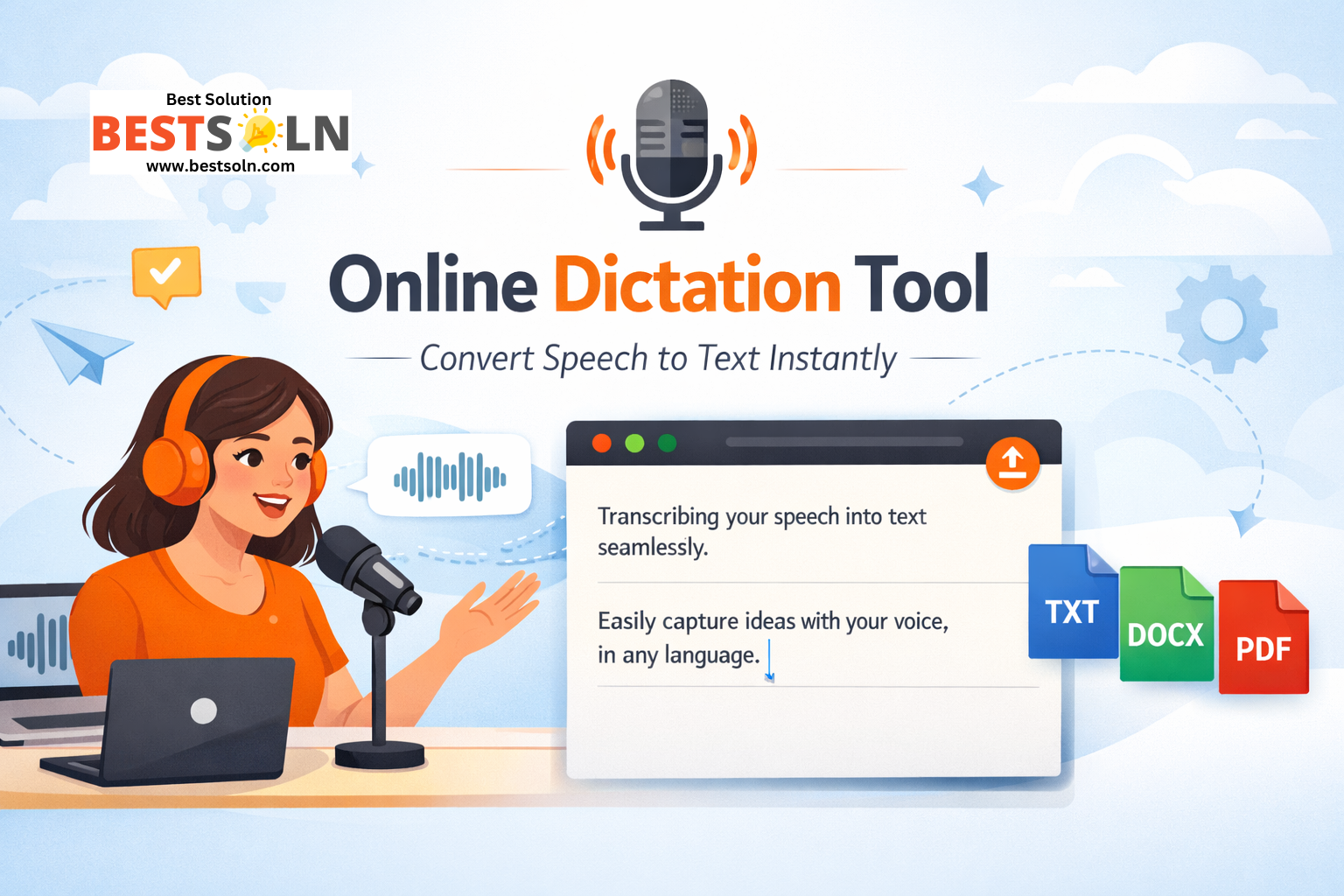
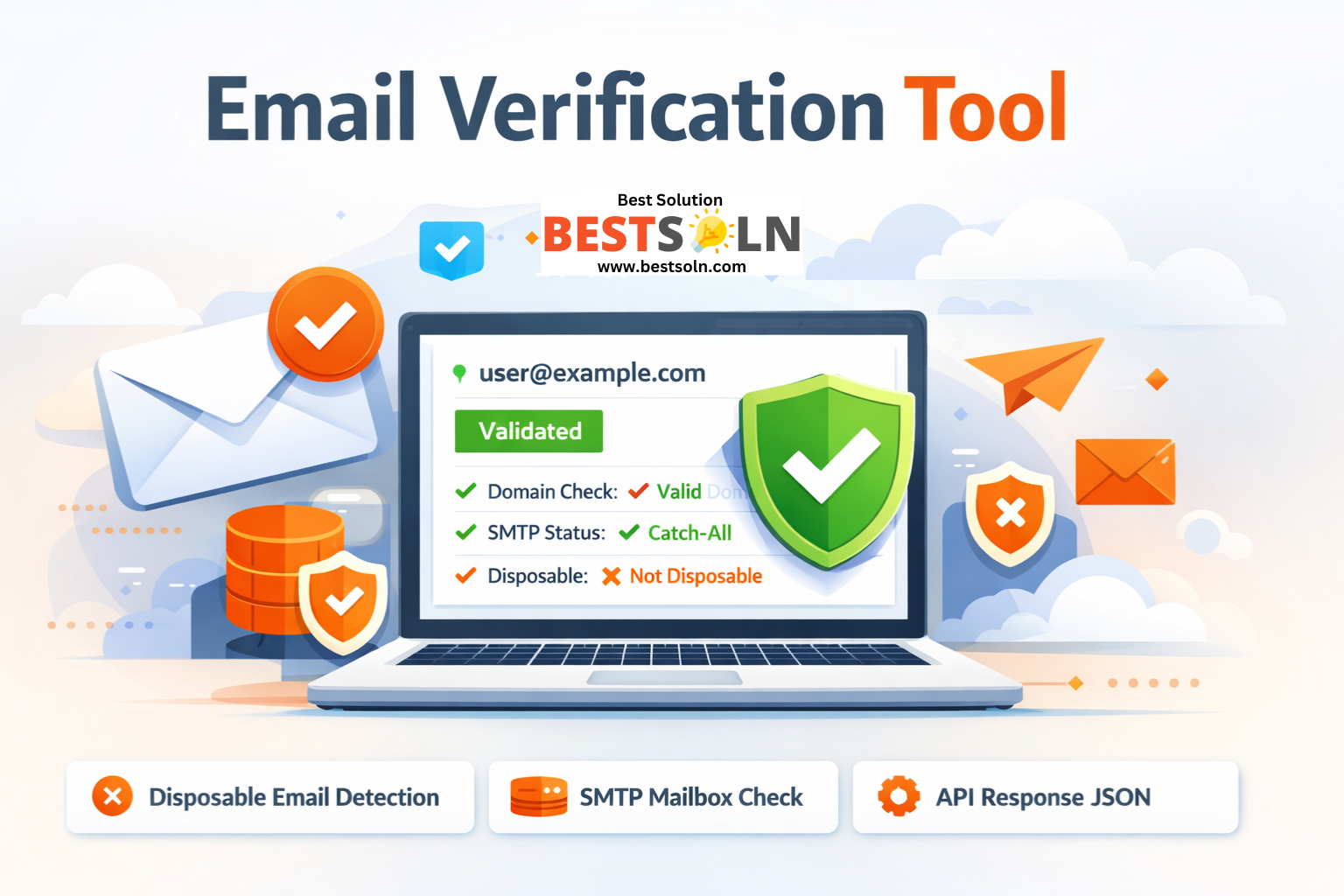


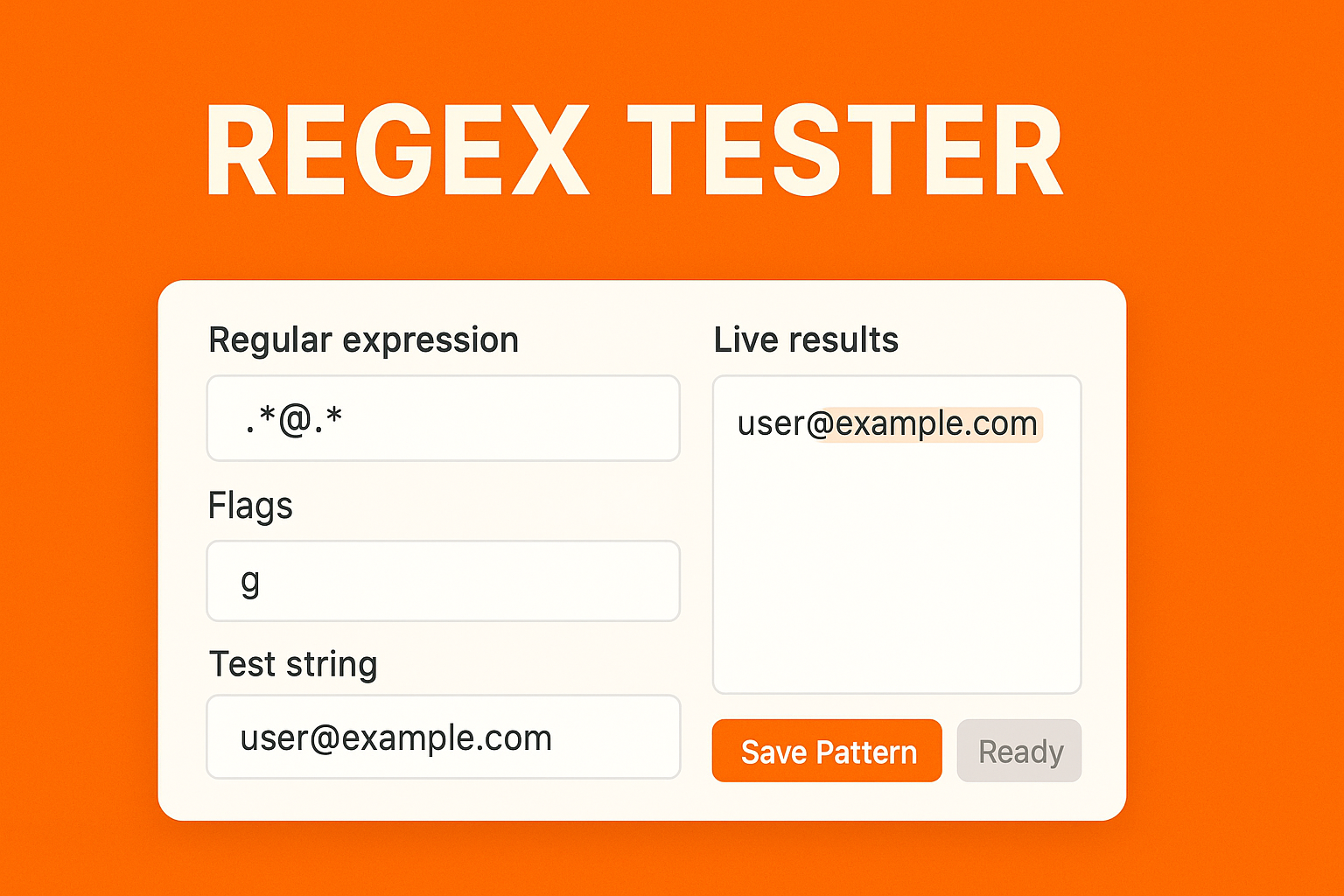








Leave a Reply